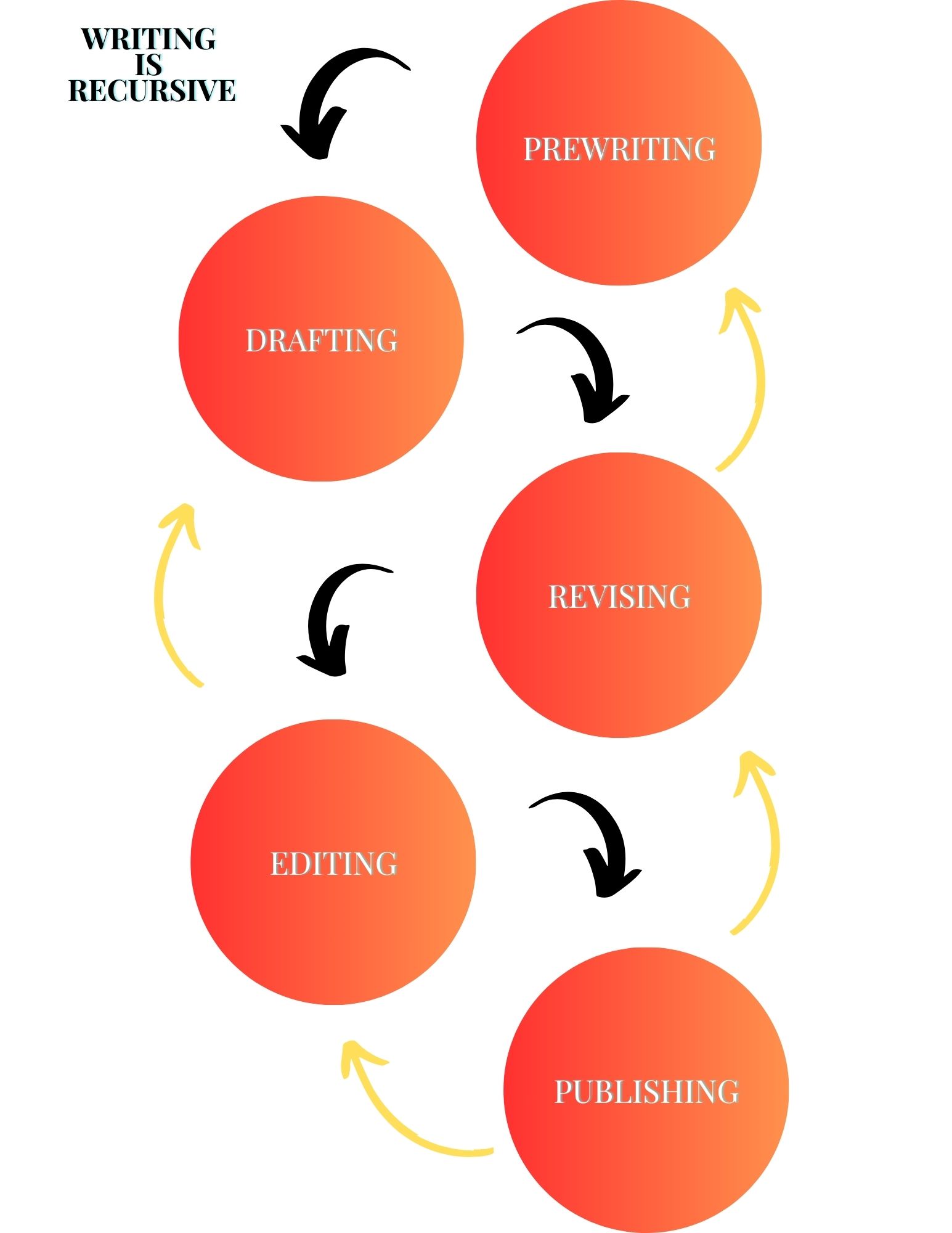Christmas is within reach, so I figured it would be a good idea to write about Christmas poems that I would consider “holiday classics.” Of course, these are just a few of my particular favorites, and there are a lot of different poems out there that are definitely classic-worthy, but these two have a special place in my heart…and maybe they have a special place in yours, too!
Twas the Night Before Christmas
I refuse to believe this poem is called “A Visit from Saint Nicholas,” because the first line of this poem is so incredibly iconic (see the current subheading). As with most people, I have fond memories of my father wearing a Santa Clause hat and sitting bedside on Christmas Eve night, reading this lively poem and sharing the illustrations to five vibrant-eyed children.
Written by Episcopal minister Clement Clark Moore in 1822, “A Visit from St. Nicholas” was first published the following year in the Troy Sentinel—a NY publication—on Dec. 23, 1823. It was first published anonymously, but Moore took credit in 1844 when the poem appeared in “his collection entitled Poems (1844).”
As stated by others: “Moore’s poem, which he was initially hesitant to publish due to the frivolous nature of its subject, is largely responsible for our modern image of Santa Claus as a ‘right jolly old elf’ with a portly figure and the supernatural ability to ascend a chimney with a mere nod of his head!” (History).
If you are unaware, the poem details a visit from St. Nicholas and the narrator’s excitement and amazement at seeing the “right jolly old elf.” While the poem certainly embodies the spirit of Christmas, the clearness of each line and the imagery produced by Moore’s diction allows it to be universally understood and endlessly approachable.
It Came Upon a Midnight Clear
I came upon this poem after watching the excellent film A Midnight Clear (1992)—the title of which, I assume, was taken from the poem. It’s a remarkably beautiful poem/hymn, and stands as a testament to mood in verse. Unitarian pastor Edmund Sears penned it in 1849 and was set to music in 1850.
The first stanza sets the feeling of the entire five-stanza poem:
It came upon the midnight clear,
That glorious song of old,
From angels bending near the earth
To touch their harps of gold:
“Peace on the earth, good will to men,
From heaven’s all-gracious King.”
The world in solemn stillness lay
To hear the angels sing.
The Discipleship Ministries cites UM Hymnal editor Carlton Young as stating that the “hymn’s central theme contrasts the scourge of war with the song of the angels’ ‘peace to God’s people on earth’” and that the poem is “one of the earliest social gospel hymns written in the U.S.”
I guess any Dickensian moralist might highlight the theme of “It Came Upon a Midnight Clear” as being a social one, and I think paying homage to this sentiment is both valuable and important during the holiday and should be reexamined for the rest of the year as well.
Works Cited
“Santa Clause.” History.com, 13 Dec. 2022. https://www.history.com/topics/christmas/santa-claus
“History of Hymns: “It Came Upon a Midnight Clear.” Discipleship Ministries, 21 June, 2013. https://www.umcdiscipleship.org/resources/history-of-hymns-it-came-upon-a-midnight-clear
Luebering, J. E. “A Visit from St. Nicholas | Christmas Poem.” Encyclopedia Britannica, 19 Dec. 2022, britannica.com/topic/A-Visit-from-St-Nicholas.







